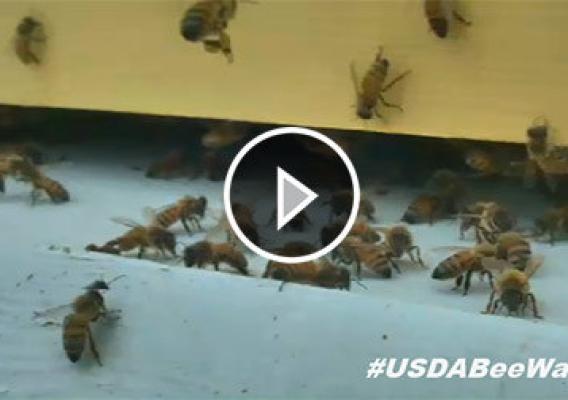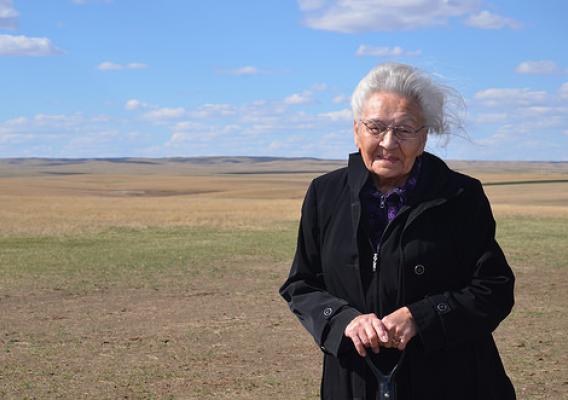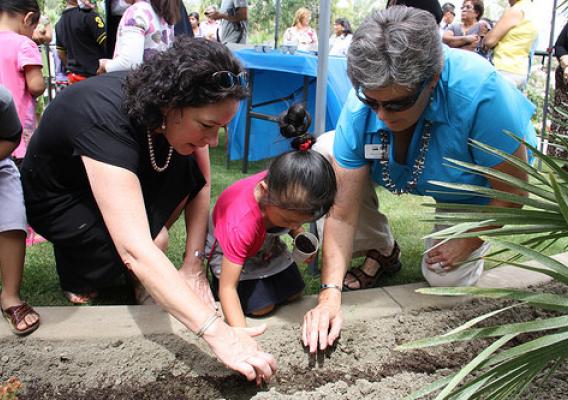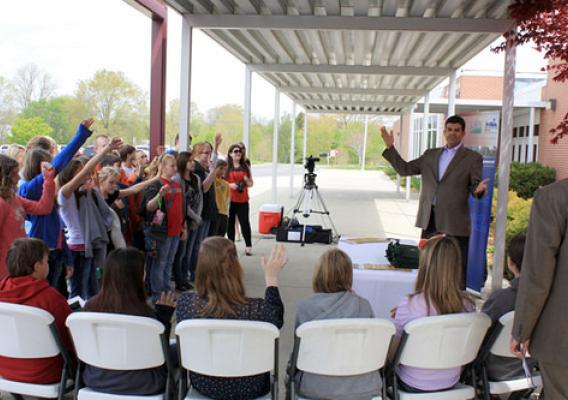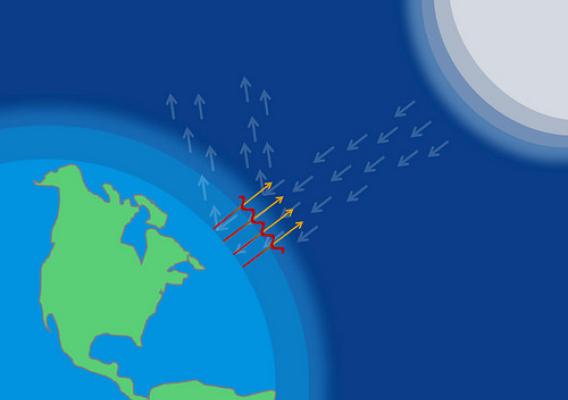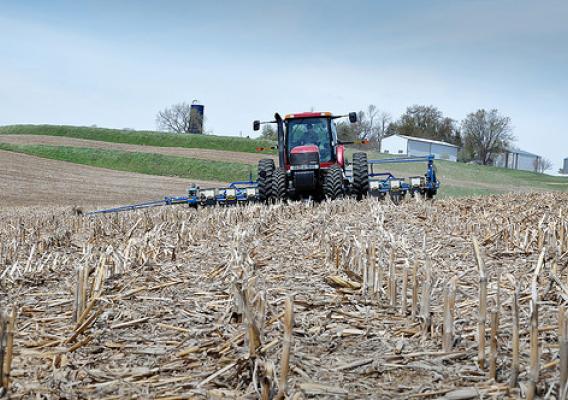April 22 marks the 45th celebration of Earth Day, with its theme of “It’s our turn to lead.” The U.S. Department of Agriculture’s National Institute of Food and Agriculture (NIFA) is a leader in its support of cutting-edge sustainable and organic agricultural research.
The USDA estimated that 31 percent—or 133 billion pounds—of the 430 billion pounds of the available food supply at the retail and consumer levels in 2010 went uneaten in the United States. It’s not just people throwing away food after “super sizing;” food waste can begin at the farm, where crops are sometimes not harvested because they lack a perfect appearance. Waste also occurs through spoilage or improper cooking.
As bad as this is in terms of not feeding the hungry, wasting food is also wasting energy, water, and everything else required to grow, process, transport, and prepare food. Improving resource efficiency would also decrease the amount of nitrogen released to the environment.



